How to plant peas?

Peas are a low-maintenance plant that is suitable for growing both outdoors and in greenhouses. In order for the peas to give a full harvest in the form of a delicious delicacy, it is necessary to carefully approach the planting procedure, preparing the place, soil and seeds.
Timing
Peas are an annual herbaceous crop that reaches a height of 1.5 m under favorable growing conditions. The stalk of the pea is mainly stem or creeping, straight or branching. The leaves have a rich light green hue.
Other characteristics of the plant:
- root type - branched;
- buds are small, beige, purple and pink;
- the fruit is a bean with two valves, inside which there are from 4 to 10 peas;
- the rind is dense, green and dark purple in color.
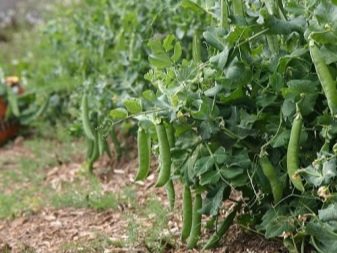
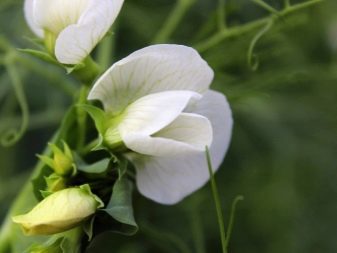
Peas are classified as self-pollinating crops, but there are cases of partial pollination. Gardeners classify crops into two types.
- Sugar. A peculiarity of the species is the absence of a parchment layer on the inside of the peel. Therefore, it can be eaten with peas.
- Peeling. The pods of such peas are rough and tasteless; it is not recommended to eat them.
Among the popular varieties are "Detsky", "Karagandinsky" and "Honey pod". Planting peas must be approached responsibly. The first thing to think about is timing. Often gardeners resort to using the lunar calendar, where, using separate cycles, they determine the most and least suitable days for gardening. And you can also rely on the cycles of the satellite of the Earth, which will help you understand when it is best to start planting peas.
Influence of the phases of the moon on the survival rate and growth of peas.
- New moon. The most unfavorable time for planting peas and carrying out any garden work. On average, the period lasts 3 days.
- Waxing Crescent. A great time to garden when the moon grows on its own and encourages plant growth. You can plant or transplant peas, carry out other garden activities.
- Full moon. Another cycle when going out to the garden is not recommended. The average duration is a day.
- Waning moon. During this period, it is worth paying attention to root crops and bulbs, it is better to forget about peas.
Basically, planting of peas begins in the last days of March, in April or June, early July. The last month is suitable for the northern regions of the Moscow region, Siberia, where frosts continue until the end of spring.

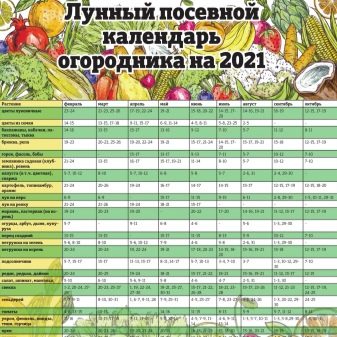
Best predecessors
When choosing a place for planting peas in the country, it is worth considering that they were previously grown on the site. Crop rotation is an important factor providing good survival rate and high crop yield. Of course, most gardeners are aware of this, but are in no hurry to comply.
In order for peas to quickly take root and give a bountiful harvest, it is recommended to plant them in places where they previously grew:
- cucumbers;
- tomatoes;
- potatoes;
- pumpkin;
- cabbage.
And also for planting, areas where cereals and fodder crops previously bloomed are suitable. The worst precursors for peas are legumes, as they consume the same nutrients as they grow. Therefore, if previously, for example, beans grew in the chosen place, then it is not recommended to plant such crops for at least 4 years.
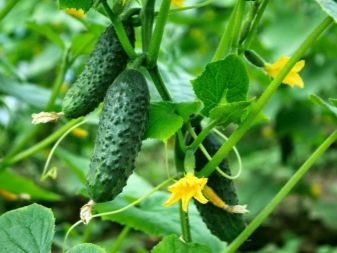
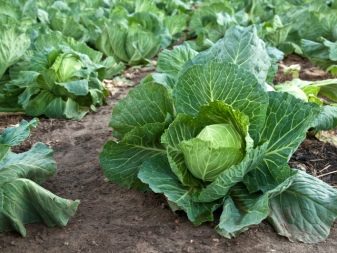
Preparation
Before you start planting peas, you need to choose and prepare a place, as well as seed material. It is worth considering in more detail the main recommendations.
A place
Peas are classified as heat-loving plants, so for planting it is better to choose areas where direct sunlight falls. In the shade, the plant will not have enough ultraviolet radiation, which is why it will quickly take on an unhealthy appearance or die.
It is also not recommended to choose areas next to which they grow:
- cabbage;
- tomatoes;
- onion.
Also, do not plant peas near other legumes, otherwise the harvest will be poor.
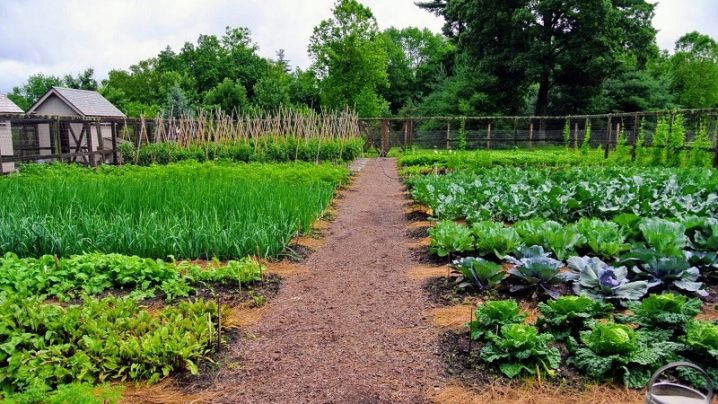
Priming
Peas are undemanding to the composition of the soil. Therefore, the plant can be planted in both heavy and light sandy soils. The only thing worth paying attention to is the acidity level. It is not recommended to plant a crop in highly acidic soils; it is better to choose areas with a neutral indicator or pre-fertilize the soil, normalizing the balance.
Preparation for planting must be carried out 2-3 weeks before the start of sowing work. To do this, the gardener needs to perform a number of activities.
- Find the best place that meets all the requirements. It is important that the ground is not exposed to drafts and is well lit.
- Measure the acid-base balance of the soil. This can be done using special strips that are sold in any gardening store. If the indicators are high, it will be necessary to add ash and fertilizers to the soil, as well as loosen the soil.
- Re-measure the pH 1-2 weeks after loosening.
If all indicators are normal, you can start sowing. Watering the beds with settled or melt water will help speed up the appearance of the first shoots, as well as improve the fertility of the soil.
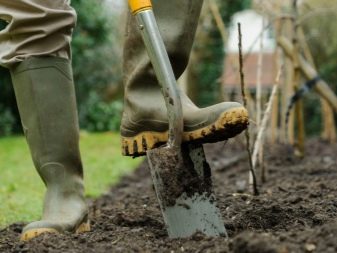

Planting material
Seed preparation is one of the main stages, the implementation of which will allow you to get a bountiful harvest. This stage includes several steps.
- Seed selection. First, the peas are sorted by removing the defective peas. To make the selection more careful, it is recommended to place the seeds in a solution of 30 g of table salt and 1 liter of water. High-quality seeds will remain at the bottom, rejected seeds will float to the surface after a while. On average, the inoculum should be kept in solution for 2 days. This will be enough time to separate the quality peas.
- Disinfection. The next step is carried out before sowing the peas. Disinfection is carried out in a solution of potassium permanganate or boric acid. For its preparation, take 10 liters of water and 2 g of the second component. To make the procedure more effective, the solution is heated to a temperature of 40 degrees Celsius. The duration of soaking the seeds is 15 minutes in potassium permanganate and 5 minutes in boric acid.
- Drying. The last step before sowing involves drying the seeds. It is recommended to do this in a warm and dry room, spreading the seeds on a dense cloth that will quickly absorb excess moisture. This will improve the germination of the plant.
When all the steps are completed, you can plant the sprouted peas in open ground or in pre-prepared containers for growing seedlings.
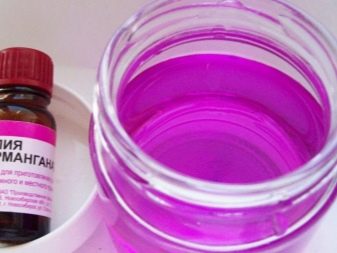
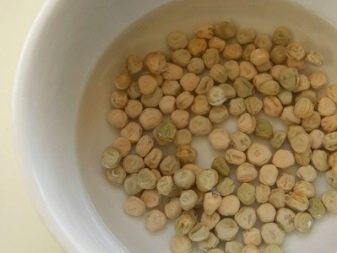
Landing technology and scheme
Peas are a fairly cold-resistant plant. Therefore, planting a culture is possible even in early spring, if we are talking about the southern regions. In the northern regions, it is better to plant peas closer to summer, when the frosts recede. To get a bountiful harvest, it is important not only to prepare the soil and seeds, but also to plant the plants correctly.
Seeds
The most common way to plant peas is by transplanting seeds into an open ground or greenhouse. In order for the procedure to be successful, it is necessary to wait for the optimal timing, go through the seed preparation procedure and choose the best site where the peas will quickly take root.
Peas should be planted according to a scheme that includes several stages.
- Abundant watering. Before placing seeds in the soil, you need to replenish it with plenty of water. And also it is worth waiting until it is completely absorbed into the soil.
- Creation of grooves where seeds will be placed later. It is recommended to maintain a distance of 50-60 cm between furrows.If the bed is small, then the distance can be reduced to 30 cm. The depth of the furrow should be at least 3 cm if planting is carried out in heavy soils. When planting in sandy soils - at least 5 cm.
- Fertilizing the soil with compost or humus. A point for areas where there is a lack of mineral components in the ground. It is recommended to sprinkle fertilizers in a thin layer of 1 cm. It should be noted that in this case the depth of the grooves should be increased by an appropriate indicator.
- Planting peas in grooves. The next step involves planting the peas in grooves prepared and fertilized if necessary. It is worth maintaining a distance of 5 cm between the seeds.
- Backfill rows and soil compaction. It is recommended to cover the peas with soil carefully so as not to knock the distance between the seeds.
- Shelter of the garden. The best option is plastic wrap or spunbond. Through the shelter, it will be possible to provide favorable greenhouse conditions for increasing the survival rate of peas and accelerating the appearance of the first shoots. In addition, the shelter will protect the seeds from bird attacks.
Compliance with the planting scheme is the key to obtaining a bountiful harvest. Peas sprout only if the listed recommendations are followed.
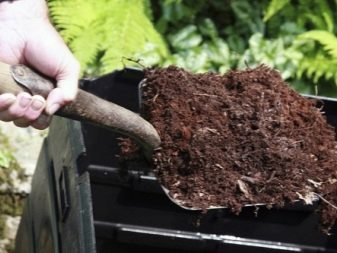
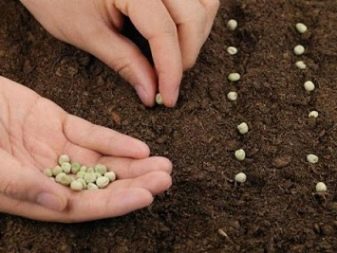
Seedling
Not the most popular way gardeners sometimes use. First of all, you need to take care of planting future seedlings. For this, predominantly early varieties are chosen, the seeds of which are soaked for 10-12 hours, regularly changing the water. For planting seeds for seedlings, containers with fertile soil are used. The scheme is simple.
- First, small grooves up to 3-4 cm deep are outlined in the previously prepared soil.
- Then the seeds are buried in them.
- Water the soil abundantly in containers.
The first shoots will appear in about 1-1.5 weeks. During this time, it is necessary to monitor and maintain soil moisture, as well as regulate the light and temperature in the room. The optimum temperature for growing is 20 degrees, and an abundance of sun is also needed. The most difficult stage is picking seedlings. Therefore, it is better to choose separate cups for planting. Otherwise, it will take a long time to untangle the intertwined pea roots.
Seedlings, on average, gain strength in 3-4 weeks, after which they can be moved to open ground or to a greenhouse. It is not necessary to prepare the plant before planting, it is enough to carefully remove the seedlings and place them in the provided grooves. In central Russia, seedlings are transplanted into the ground in early May, in the south, the transplant is performed towards the end of April. The seedling grooves should be deeper than 5 cm. A distance of 10-12 cm should be observed between rows, and between plantings - 30-40 cm, so that the plants do not intertwine with each other.
The best weather for disembarkation is cloudy.
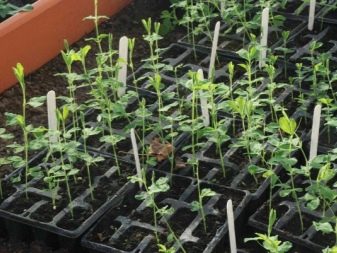
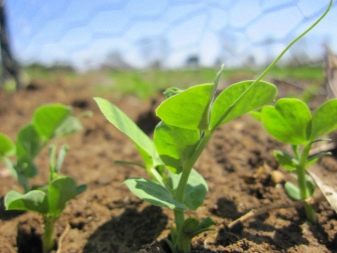










The comment was sent successfully.